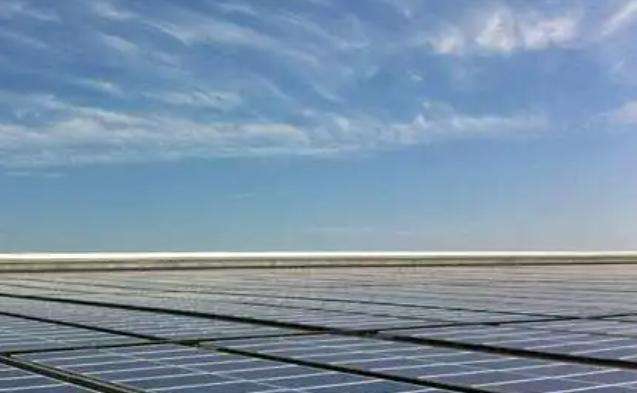Melon seed slices: Melon seed slices are inexpensive, but their irregular shape and sharp edges can scratch heating pipes during the construction of the underfloor heating embankment and during their subsequent use. Over time, there may be hidden dangers of water leakage.
Pisolite: A stone similar to the size of a bean, which is why it is called pisolite. Its shape is rounder than melon seed slices and will not scratch the heating pipe. It is an ideal filler material. Its thermal conductivity is stronger than that of melon seed slices. melon seed slices. Use better materials.
How many pea stones are needed for 60 square meters of underfloor heating?
8 to 12.
The Northern underfloor heating usually uses natural pisolite 8-12mm, because the surface of pisolite8-12mm is smooth, without edges and corners, and the particle size is uniform.
Pisolite refers to a kind of modern-day building material. It is a stone the size of a soybean. It is generally used for floors and roofs. The particle size is similar to mung beans and is called stone powder in some places.
Approximately 0.9 cubic pea stones. Usually, one square meter of underfloor heating backfill requires 0.015 cubic meters of pisolite, because one square meter of underfloor heating backfill requires cement, sand and pisolite, and the quantity ratio is 1: 2:3. Assuming the thickness of the embankment is 0.03 meters, the total volume is 0.03 cubic meters. The volume of each portion is 0.005 cubic meters, so we can calculate that pisolite is 3 times 0.005 equal to 0.015 cubic meters. Then multiply it by 60.














